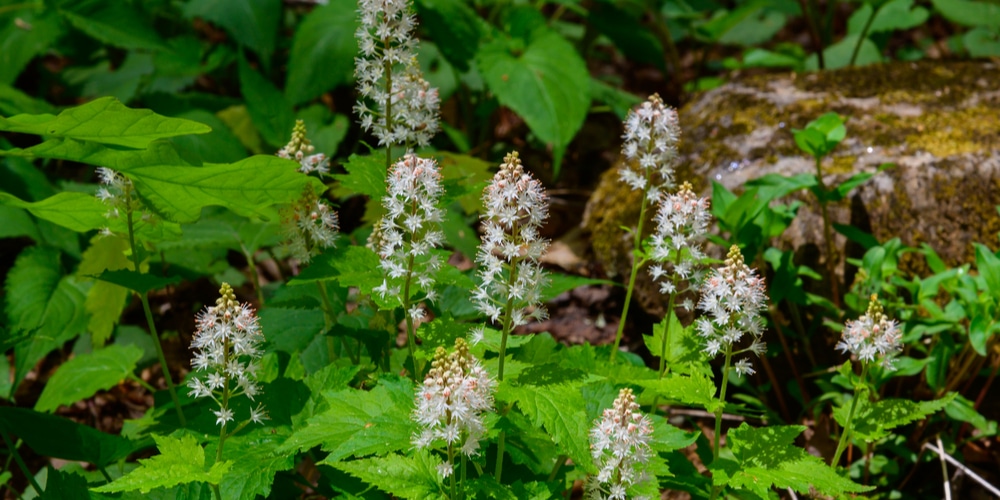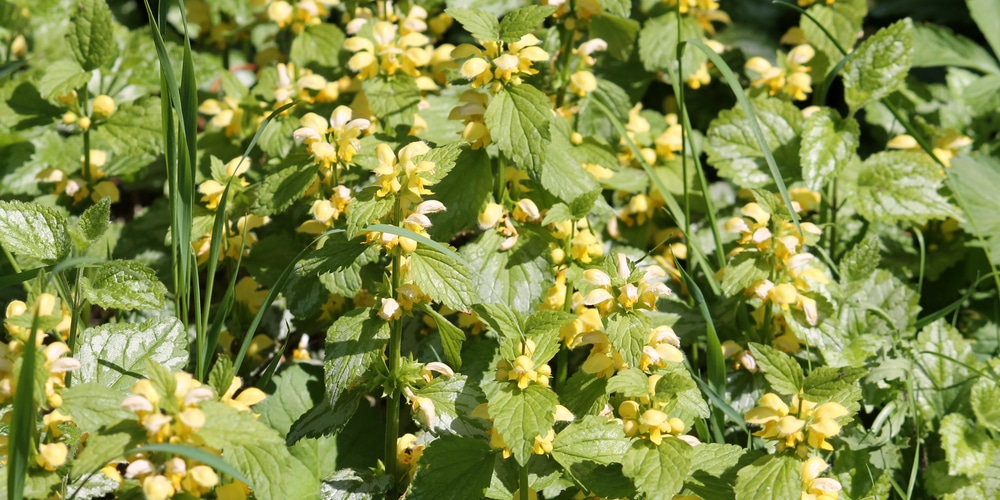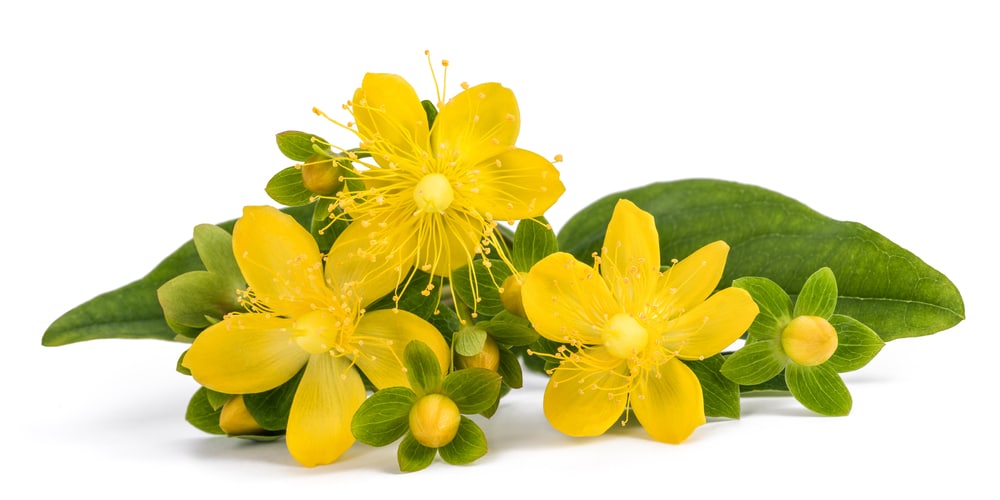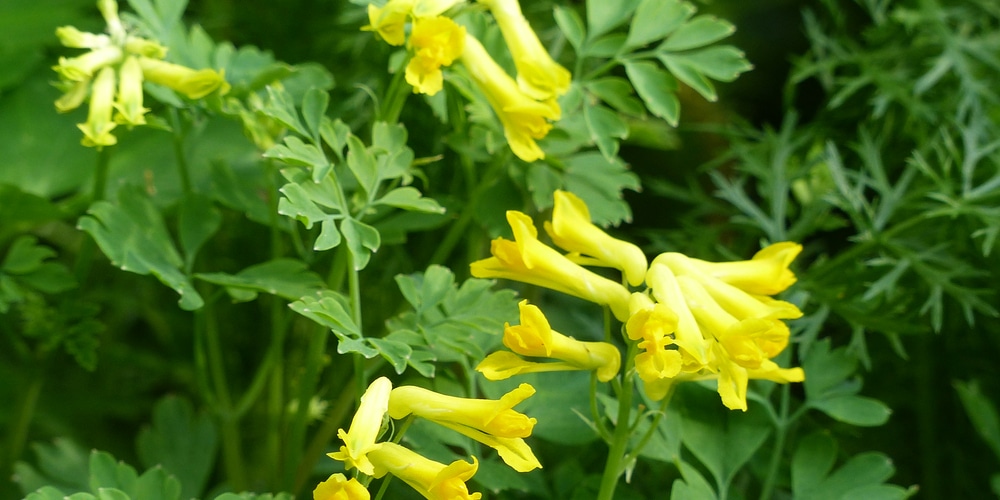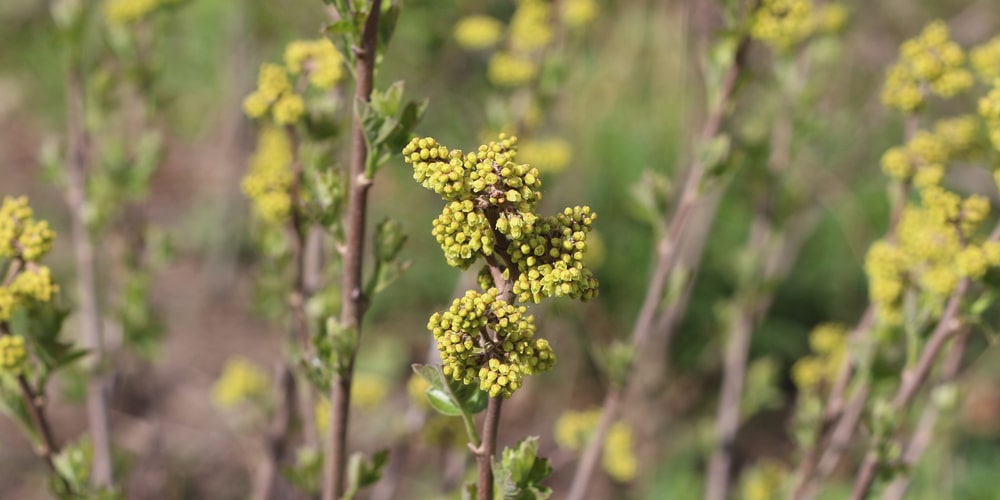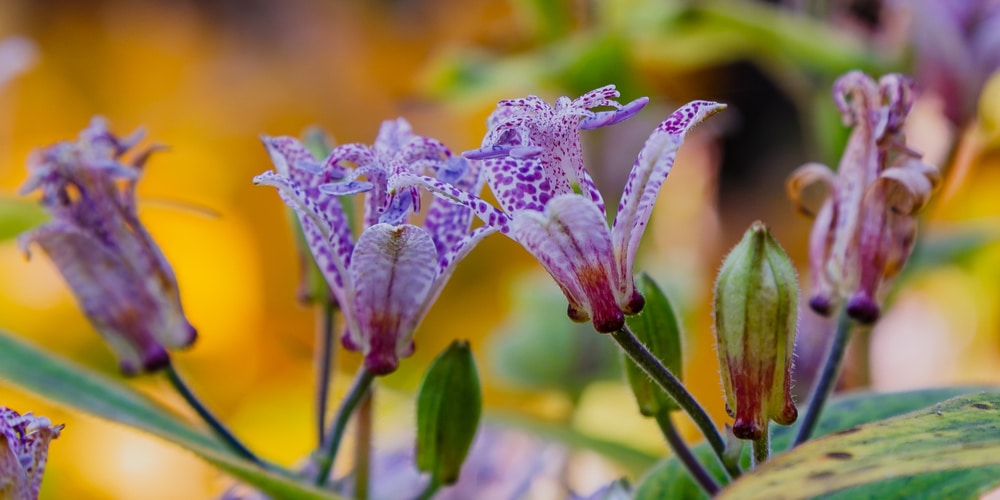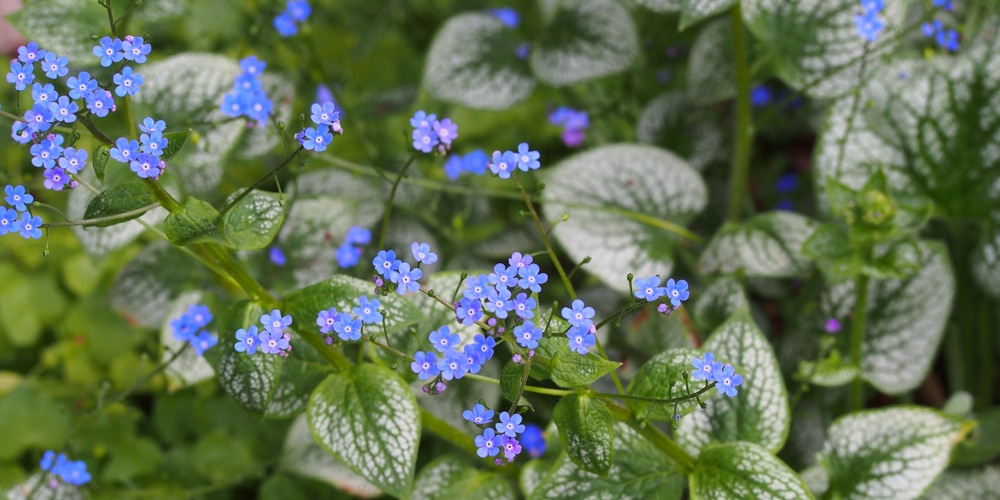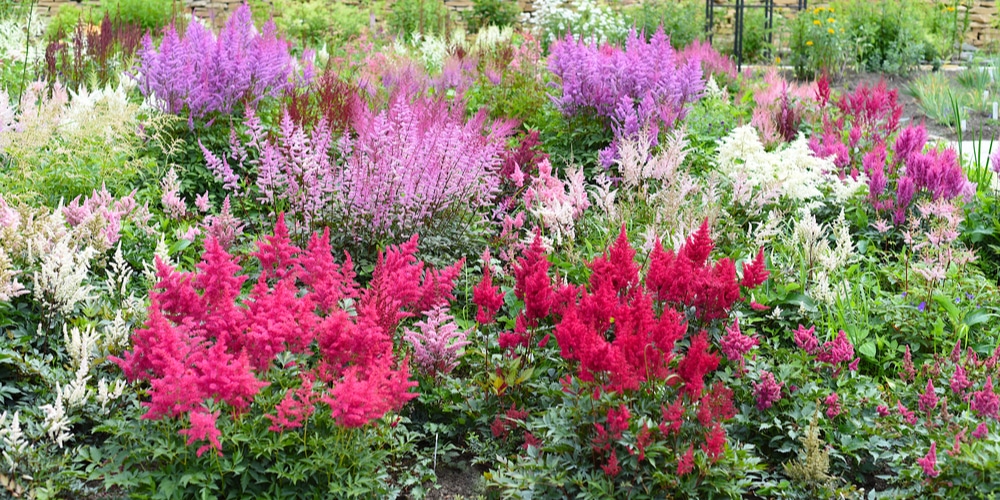Shaded landscapes don’t have to mean zero color or no green at all. In Utah, there are several plants that can add life to your space. Here are 8 shade plants Utah gardeners can try today.
Shade plants Utah
Foamflower
If you need a tough yet attractive green feature in your deck or shade then you should get a foamflower. Tiarella cordifolia comes in red or pink options and gives your area some nice colors during springtime.
It’s not that difficult to grow a foamflower- it’s able to thrive in zones 3 through 7 and only needs moderate watering every now and then.
The herbaceous perennial can reach up to a foot tall and wide, with lobed foliage that appears dainty and elegant.
Yellow Archangel
Yellow Archangel, or otherwise known as Lamiastrum galeobdolon is another perennial that has the same maximum growth height. It can survive winters and frost up to zone 4 and come back again the next growing season.
The plant produces color from late spring to early summer, and it attracts butterflies to your yard. The leaves themselves are a marvelous silver and green, with yellow flowers coming out in June.
Deadhead Yellow Archangel and you just might see another set of flowers come June.
St. John’s Wort
A commonly used groundcover in Utah, St. John’s Wort is small and only goes up to a foot tall. It creeps along the ground and can green up a small garden bed quickly. It’s also hardy in zone 4, which makes it an ideal shade plant for beginners.
Even though they’re in the shade they can still produce bright yellow flowers during summer. It’s worth noting that you’ll need to water more during the summer and when it’s hot outside.
Yellow Corydalis
Yellow Corydalis, or corydalis lutea is a worthy addition to your Utah shade garden as its cheery nodding flowers move with the wind and blossoms from early spring to early fall. The yellow hues catch the eye and makes you want to take a closer look.
The perennial grows only a foot tall and can survive cold frost. Like St. John’s wort you’ll need to provide more water and perhaps a feeding or two of organic fertilizer to keep the blossoms coming. Even without the flowers the sea of green is a great natural accent.
Fragrant Sumac
A low-growing shrub locally termed ‘Gro-Low’, Rhus aromatica is known for its characteristic lemony scent which comes not from the flower, but from the color-changing leaves. The blue-green glossy leaves give off the fragrance when crushed and turn red, purple and burgundy when fall comes around.
You might think that fragrant sumac is invasive but it’s slow growing and can be controlled easily. Put it in the shade and it will grow slower than usual, but you’ll still enjoy the greenery and the scent when you brush the foliage with your hand.
Toad Lily
Toad Lily may not be the most beautiful name for a plant but its flowers are a must-see. The plant is graceful and exudes elegance like no other. As an added bonus, it can grow quite well in Utah since it’s within zones 4 through 9.
The perennial plant produces flowers even in the shade and has a similar shape and structure as that of orchids. You can pick from blue or purple as well.
Brunnera
A cold-hardy plant that can live in USDA zone 3, Brunner, or Siberian Bugloss stands only at a foot and a half and two feet wide but it can cover empty and shaded spaces quite well.
Brunnera is a perennial plant and often called false forget me nots because it produces the same small and blue blooms come spring season. The leaves are interestingly variegated with white or silver depending on the variety. Flowers come out in spring and it only needs watering when the soil is completely dry.
Astilbe
Astilbe blooms show up in early summer and in interesting shades like lavender, pink, white and red. The flowers are upright plumes, with serrated foliage that serves to heighten the color.
The plant only grows to a maximum 3 feet tall and requires a well-drained and constantly moist soil. Make sure to water regularly and more in hot or dry weather.
Shade plants Utah: Conclusion
As you can see there are many plants that will do well in shaded areas of your yard. Ensure you provide these plants with the correct care and attention so that they thrive.
Related Article: When to Plant Flowers in Utah?
